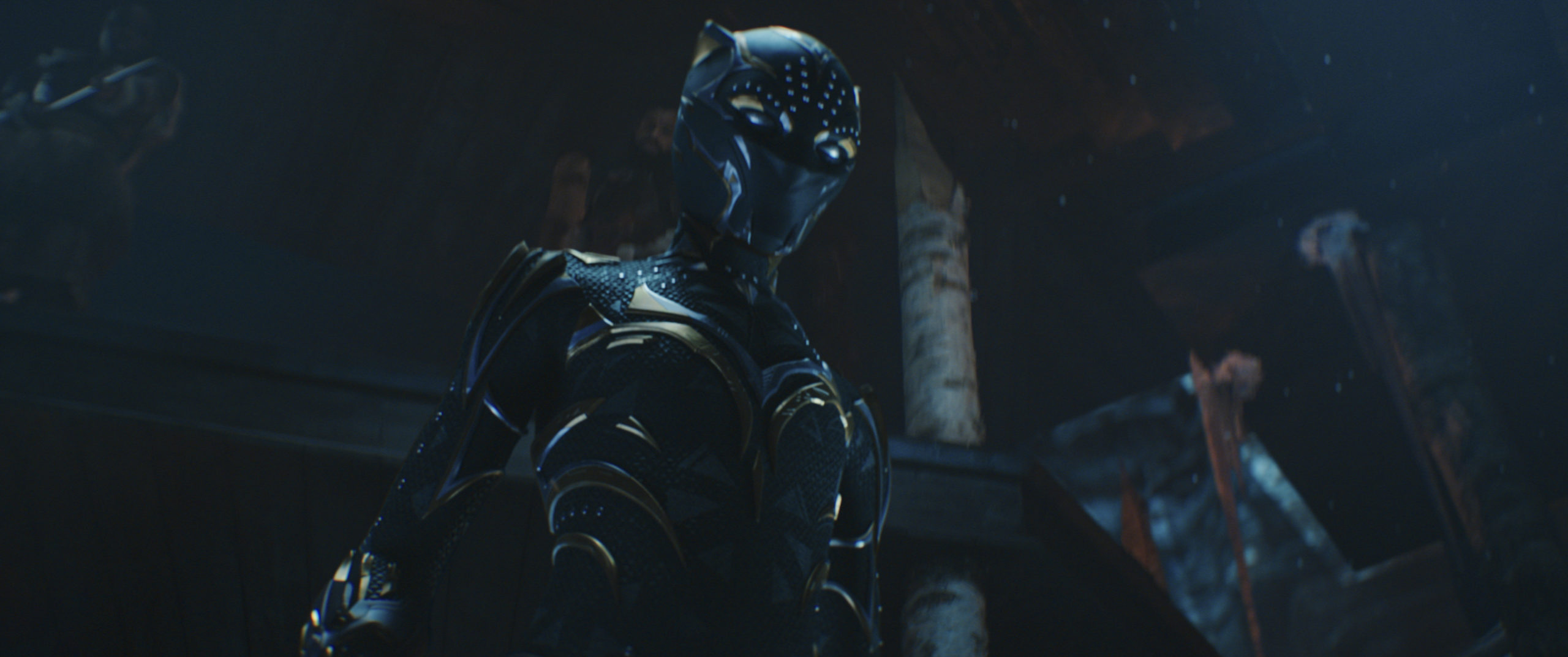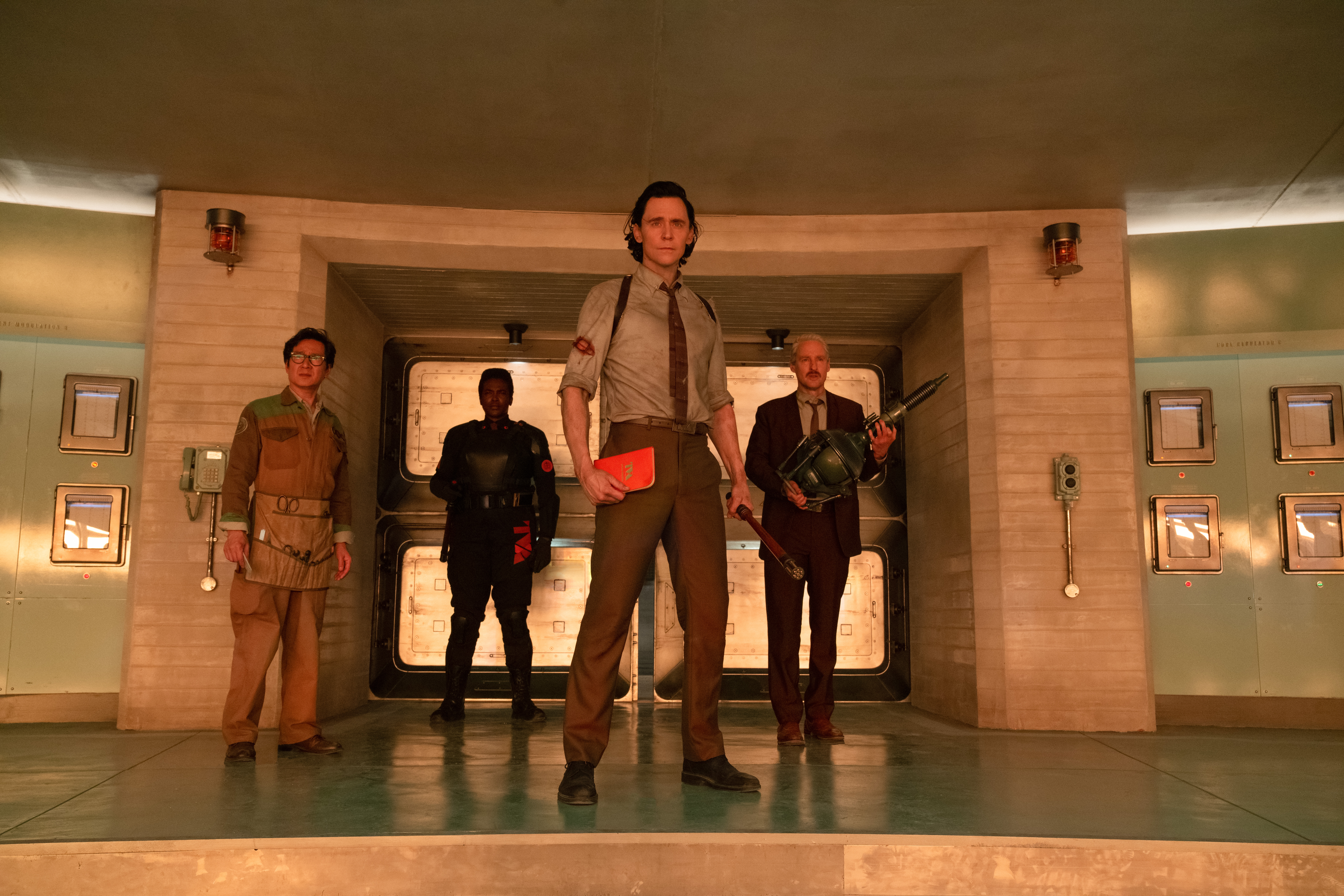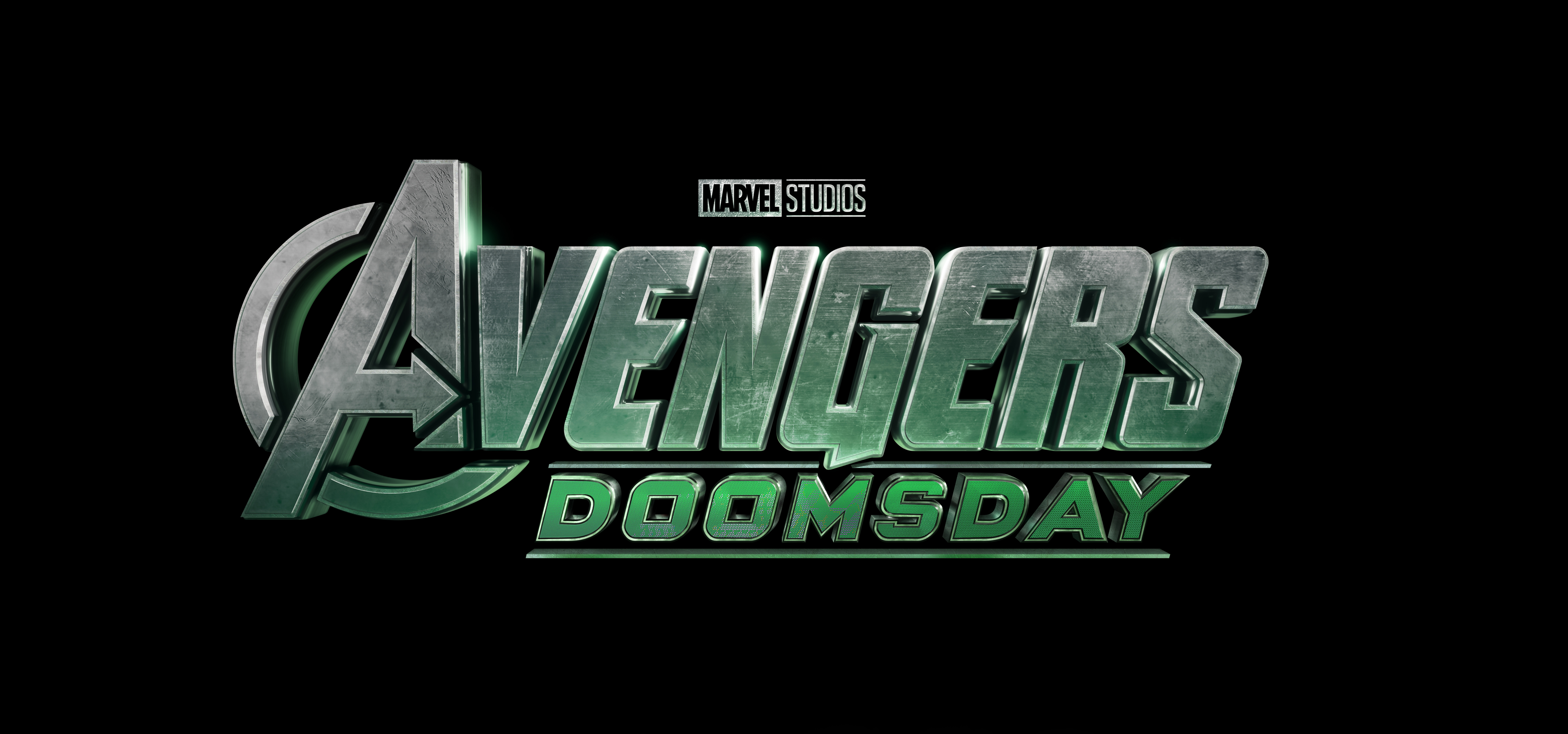Every adaptation has its issues to overcome. Translating anything from one medium to another is a difficult task, and that task is usually amplified the more different the mediums are from one another. In the case of Death Note, we have a 12-volume manga that’s being adapted into an hour-and-a-half film. But in addition to the breadth of content they have to wade through, there’s also the cultural things that needed to be adapted.
Needless to say, the filmmakers had their work cut out for them on this one. But none of this even tackles what the creators of the original manga, writer Tsugumi Ohba and artist Takeshi Obata, think is the most important aspect of the story. Whenever taking on a venture like this, it’s always nice to defer back to the original creators, in hopes that they can ensure the project stays true to the core of the story.
Producer Masi Oka’s main job was to serve as liaison between the filmmakers and the manga creators. I had a chance to speak with Oka during a recent press junket for Death Note, and when asked about what the core elements of the story were that the creators wanted the film to retain, Oka stated.
“They had a really strong opinion on a lot of the logic rules with the Death Note. The way Death Note is conceived, at least for the senseis and editors, [is that] the Death Note is a program, and they were really adamant about making sure we see the rules upfront, rather than adding the rules in act three, because then it looks it’s convenient. So it was important for us to lay the rules — it’s okay for us to change the rules — but to lay the rules upfront. And it’s about how Light utilizes those rules to outsmart L and everyone else. We also had to make sure the logic was followed through on in every aspect.”
Indeed, if you’ve had a chance to read the manga or watch the anime (or any of the live-action films or dramas), the series lives and breathes with the rules of the Death Note. The entire series is Light doing his best to utilize these confusing rules to outrun the detective L in fun, convoluted, and rewarding ways. Many of the pages in the manga are also indeed filled with explanations of how these rules are being utilized, and why Light or L are following through with their respective plans.
So while the creators were okay with the filmmakers actually making changes to these rules, they understood the importance of putting all the rules in front of the audience as early as possible. This way, it makes the experience more participatory for the audience — as they too have all the information that Light has to work with.
What do you think? Do you agree with the creators? Were there any other important aspects from the manga or anime that you hope are retained in the upcoming film? Let us know down below!
Death Note hits Netflix on August 25, 2017.
Don’t forget to share this post on your Facebook wall and with your Twitter followers! Just hit the buttons on the top of this page.
 FOR FANBOYS, BY FANBOYS
Have you checked out LRM Online’s official podcasts and videos on The Genreverse Podcast Network? Available on YouTube and all your favorite podcast apps, This multimedia empire includes The Daily CoG, Breaking Geek Radio: The Podcast, GeekScholars Movie News, Anime-Versal Review Podcast, and our Star Wars dedicated podcast The Cantina. Check it out by listening on all your favorite podcast apps, or watching on YouTube!
Subscribe on: Apple Podcasts | Spotify | SoundCloud | Stitcher | Google Play
FOR FANBOYS, BY FANBOYS
Have you checked out LRM Online’s official podcasts and videos on The Genreverse Podcast Network? Available on YouTube and all your favorite podcast apps, This multimedia empire includes The Daily CoG, Breaking Geek Radio: The Podcast, GeekScholars Movie News, Anime-Versal Review Podcast, and our Star Wars dedicated podcast The Cantina. Check it out by listening on all your favorite podcast apps, or watching on YouTube!
Subscribe on: Apple Podcasts | Spotify | SoundCloud | Stitcher | Google Play



